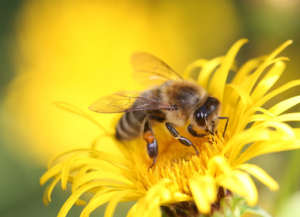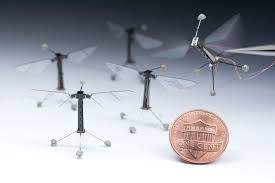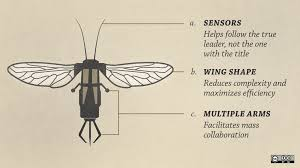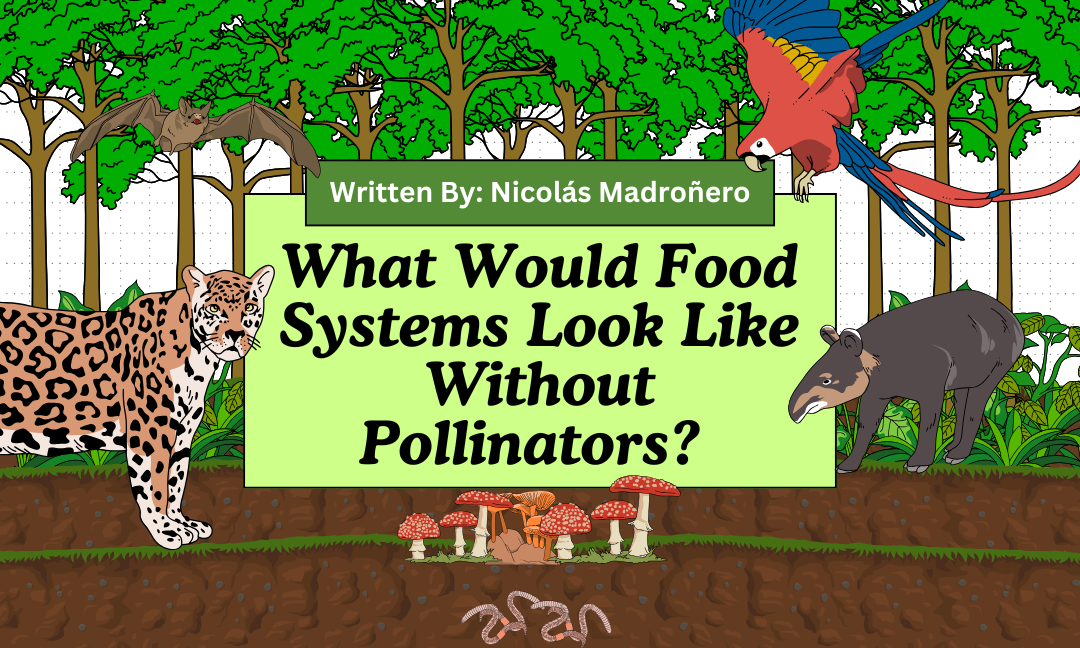Written by: Nicolás Madroñero
Edited by: Avah Manu
Designed by: Alessa Zaitseva
Published by: Rayna Almas
It is undeniable that pollinators are important for the sustainability and variety of our many ecosystems. After all, they help to maintain the clean air by growing new forests, to maintain clean soil by growing flowering plants that prevent erosion, and to augment genetic variety by reaching far-distanced plants. Moreover, most of the plant species around the world utilize pollinators for their reproduction. In the agriculture industry, 75% of our crops rely on pollinator services while around 35% of our food is produced by pollinators so it is no secret that the importance of pollinators shouldn’t be overlooked (Ritchie & Roser, 2021). Their impact on nature and society is clearly imperative, so the question is: how would the world be affected if pollinator species were to decline or disappear?

Despite their importance, the number of pollinators worldwide has been decreasing over the past decades. A good example of that is seen in the population of bees. According to the U.S Agriculture Department, the number of honeybee colonies in the U.S have an average loss of 30% to 40% each year. That reduction of bees population as well as the population of other pollinator species is generated by the intensification of agriculture which involves the use of fertilizers and pesticides in food production. Meanwhile, urbanization takes over the habitats of those animals, and climate change also impacts their population. (Klein et al,. 2006).
Those are very concerning statistics taking into account the importance of pollinators in food systems and ecosystems. As it was said before, most plant species utilize pollinators as their principal reproduction medium. Their disappearance would directly affect the diversity and surveillance of many of those species, leading to massive extinctions and an increase of diseases among plant species due to the lack of genetic variety.
Moreover, consequences in agriculture would be disastrous since pollination services are valued in 3 trillions of dollars each year, according to the U.S Department of Agriculture. Despite not participating in the production of grains like wheat or rice -which make up most of our produced aliments- pollinators play an important role in fruit, vegetables and seeds production since 20% of the pollinators-reliable food are seeds while 15% are fruits and vegetables (Klein et al,. 2006). Among the pollinators-reliable fruits we can find apples or blueberries; whilst among the pollinators-reliable seeds we can find almonds, coffee beans and cocoa beans (both of those last ones being extremely dependable). It is estimated that 90% of cocoa beans would disappear if pollinators disappeared(Klein et al,. 2006), thus making every chocolate product ridiculously expensive, this could make it a costly and rare product just like spices used to be during the middle ages. Products like coffee beans, avocados and many kinds of nuts would be scarce and would disappear in our daily diet, but in that scenario, the most affected would be the low income farmers, because they tend to rely more on this kind of products.
Someone can say that the disappearance of pollinators will not necessarily lead to massive famines since most of the food that is consumed doesn’t come from pollinators, but our dependence on pollinators has been growing over time, and will grow further. A study of a decade ago states that if pollinators disappear, there will be a 5% reduction of crop production in middle-to-high income countries while in low income countries there is going to be a reduction of 8%. Nowadays it is estimated that the crop production decline would fall around 10%, which means that the impact of pollinators’ disappearance grows over time, as countries get richer and people’s diets become more healthy and diverse. (Ritchie., 2021)
In order to prevent this catastrophe, we must find more ways of using pollinators in our food systems sustainably. If the catastrophe couldn’t be prevented and the pollinator species fell down, a possible “stop-gap” solution would be the mass creation of robots that pollinate flowering plants.

This idea was proposed by Harvard investigators in 2016. That same year, researchers of the Wyss Institute created the Robobee, the first prototype of an insect-like robot the size of a paperclip that can attach on surfaces through electrostatic electricity, and can fly waving its wings at a 120 wingbeat frequency. This project attempts to create a fully automatic swarm of those robots, within which each robot has its own battery supply and censors to interact with the environment independently, but everyone is coordinated with each other. Although the creators say that it is not a valid option as a long term solution for a full replacement of pollinators, it can help to minimize the negative effects of their falling population. The best we can do is preserve them as much as possible.

In conclusion, if pollinators have a further decline in their population, the damage to the environment and the economy would be unimaginable. Without pollinators, plants’ genetic variety would be reduced, forests would not be as dense as they used to be affecting the air quality, many countries would present economic losses and we might have to rethink our food systems from scratch. In order to prevent this catastrophe, we have to be conscious of our actions toward pollinators: we have to stop jeopardizing their habitats, take action toward climate change quickly and apply pollinators’ aid more often in our food systems.
Sources:
- Ollerton, Jeff. Pollinators and Pollination: Nature and Society. Pelagic Publishing Limited, 2021. Accessed 10 October 2024.
- Klein, Alexandra-Maria, et al. Importance of pollinators in changing landscapes for world crops. 27 October 2006, https://doi.org/10.1098/rspb.2006.3721.
- Hannah Ritchie (2021) – “How much of the world’s food production is dependent on pollinators?” Published online at OurWorldinData.org. Retrieved from: ‘https://ourworldindata.org/pollinator-dependence’ [Online Resource]
- Henderson, James. “Why is Pollination Important? | US Forest Service.” USDA Forest Service, https://www.fs.usda.gov/managing-land/wildflowers/pollinators/importance. Accessed 11 October 2024.
- “RoboBees: Autonomous Flying Microrobots.” Wyss Institute, https://wyss.harvard.edu/technology/robobees-autonomous-flying-microrobots/. Accessed 11 October 2024.

